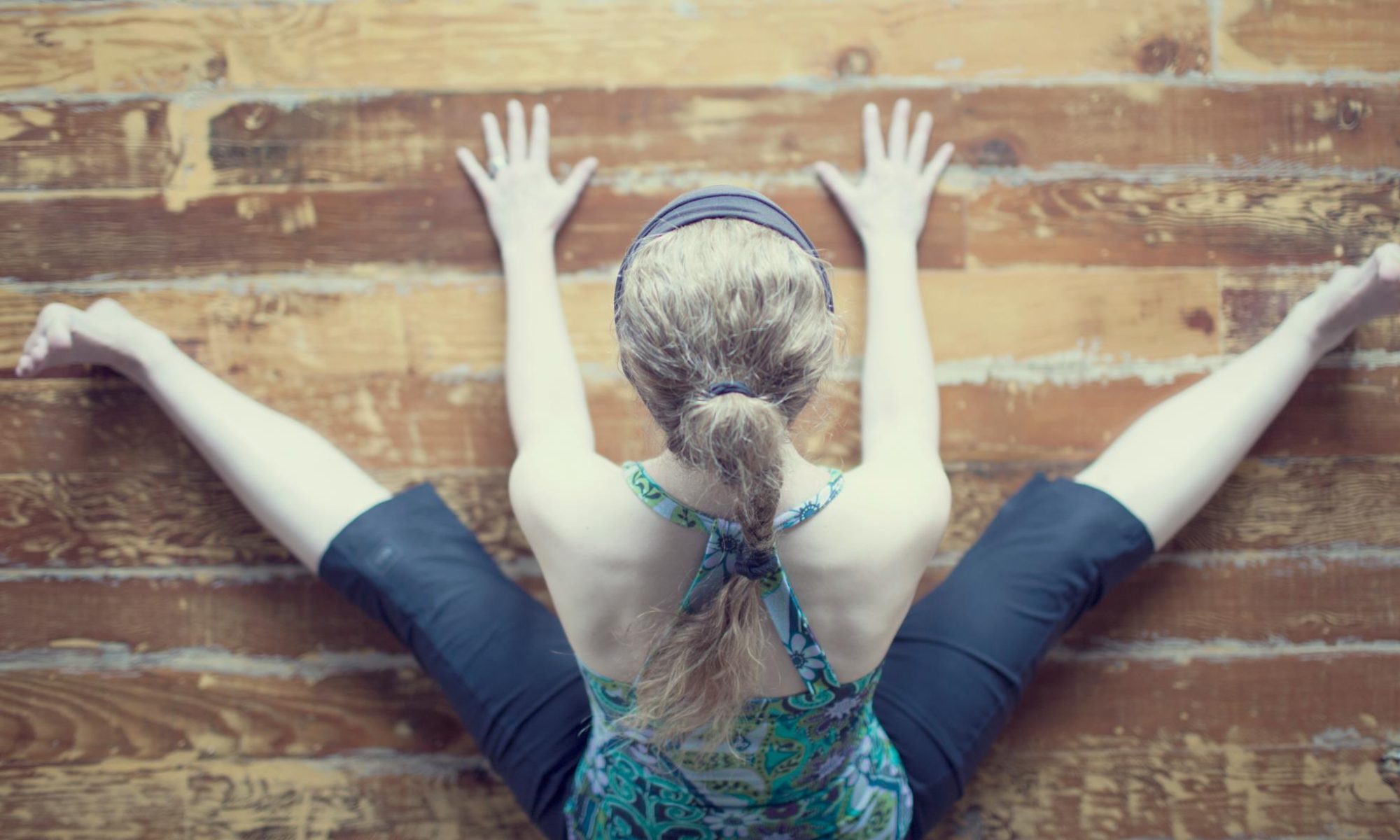
I love listening to the Italian language. It has a lyrical quality that makes even the most mundane phrase sound beautiful. It’s always spoken with such passion, I cannot help but be riveted. I was first introduced to the phrase dolce far niente in a book – Eat, Pray, Love by Elizabeth Gilbert, which then became a film where I could hear the words spoken aloud in that scintillating, sultry way. As beautiful as it sounds, its meaning is even more enticing: the sweetness of doing nothing. Dolce far niente is more than a simple turn of phrase for Italians; it is a way of being, a way of living, a way of connecting to the joy and brightness of each moment. To me, dolce far niente is the epitome of mindfulness, as it embodies one of the pillars of our practice: non-doing.
So much of our time is spent ‘doing’. We make plans, we complete tasks, we check things off our to-do lists – that’s DONE, I’ve been productive, good for me! While, of course, we need to do things – our very survival depends upon it – I have come to believe that it is equally vital for us to incorporate some healthy doses of non-doing and undoing into our daily life. To live mindfully, we invite awareness into the tasks we complete each day, and this helps us stay connected to the present moment rather than becoming mired in past regrets and future worries. That same mindful awareness can also ground and connect us when we are doing nothing in particular at all. For example, your lunch break arrives and you head outside to sit on a park bench and enjoy some fresh air while you eat. You eat your food mindfully, noticing its taste and texture in your mouth, the feel of it in your hands, the transition from a sensation of hunger to one of fullness. As you savour the last bite, you might be inclined to reach for your phone to clear out a few emails, or you might have brought a book to read or a podcast to listen to. These things can certainly all be done with the same mindful awareness you practiced while eating your lunch – but what if you decided instead to spend some time doing nothing at all? What if you simply sat on that park bench and allowed each moment to unfurl before you, in its own time and its own way, without judgment or attachment or expectations, without self-talk telling you to ‘do’ something with your time?
In a previous post, I touched on the healing benefits of finding stillness, of allowing ourselves the opportunity to simply do nothing (check it out here, along with the video of a wonderful TED Talk by Pico Iyer on the art of stillness). When we let go of the need to always be ‘doing’, we open ourselves to the limitless possibilities that each moment brings. We luxuriate in the moment, we experience it fully without any ideas or expectations about what it must be. Releasing ourselves, even briefly, from our incessant need to do and accomplish and produce, enables us to be truly and profoundly present. We can bask in the glow of each moment as it unfolds, we can feel its warmth and its joy, we can savour the sweetness of doing nothing at all.
Wishing you a day filled with simple joys and quiet moments for dolce far niente.

 Savasana is one of the most challenging poses in our asana practice. It is also one of the most rewarding, and the most necessary. We lie down, our body relaxes, our breath slows, and our attention withdraws from the external world. It sounds so simple, and yet this beautiful, healing repose runs counter to everything that has come to characterise modern life. Our minds are busy and we fill our days with ever-growing to do lists. We are constantly climbing the dizzying heights of our expectations; each time we reach a summit, we seek out the next peak and begin our climb anew. What if, instead of always climbing to the sky, we lay down upon the earth and paused to welcome stillness? What if, instead of always ‘doing’, we embraced the present moment and took the time to simply be?
Savasana is one of the most challenging poses in our asana practice. It is also one of the most rewarding, and the most necessary. We lie down, our body relaxes, our breath slows, and our attention withdraws from the external world. It sounds so simple, and yet this beautiful, healing repose runs counter to everything that has come to characterise modern life. Our minds are busy and we fill our days with ever-growing to do lists. We are constantly climbing the dizzying heights of our expectations; each time we reach a summit, we seek out the next peak and begin our climb anew. What if, instead of always climbing to the sky, we lay down upon the earth and paused to welcome stillness? What if, instead of always ‘doing’, we embraced the present moment and took the time to simply be?